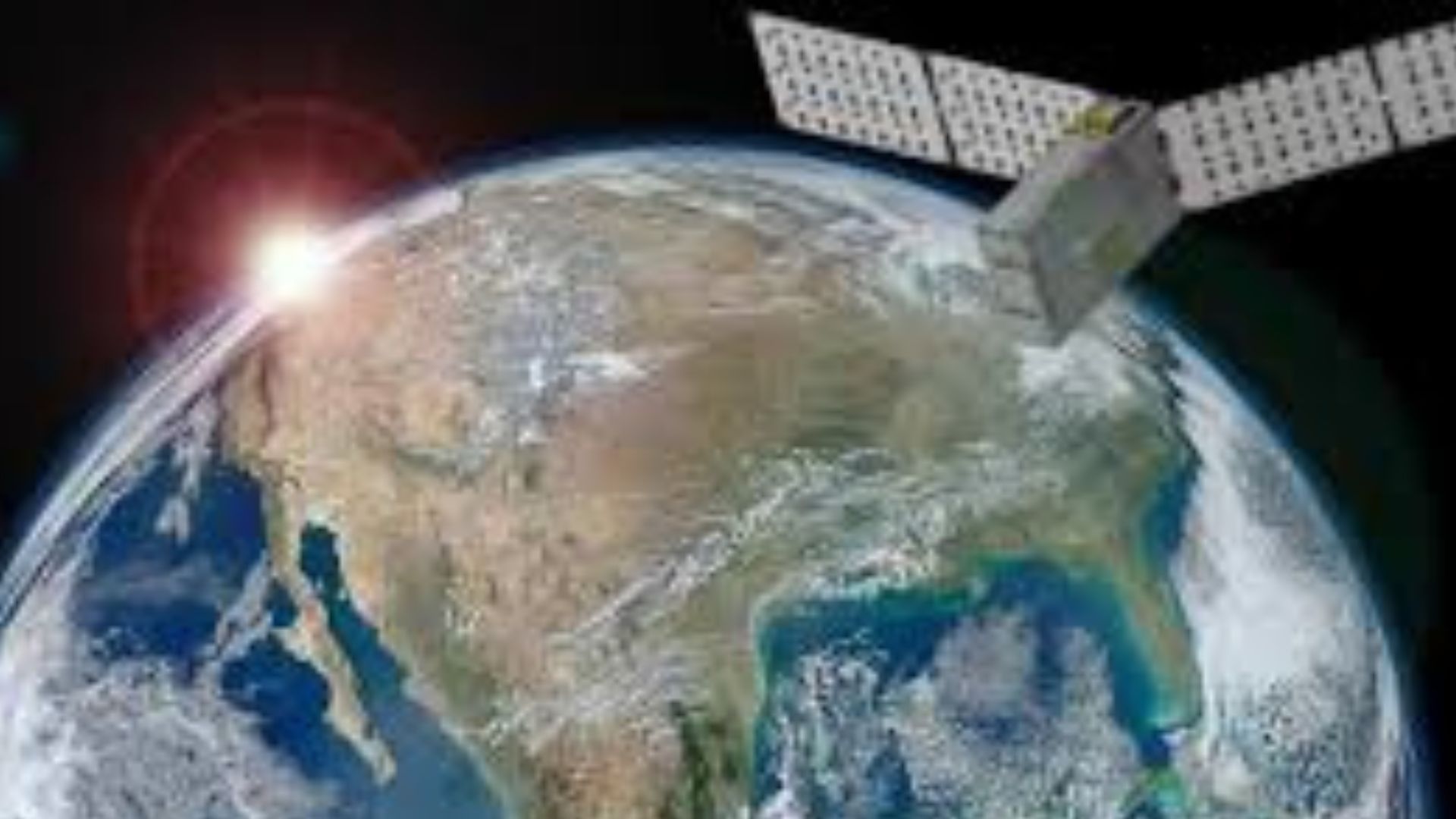NASA’s Polar Radiant Energy in the Far-Infrared Experiment (PREFIRE) mission, utilizing two CubeSats, is successfully capturing unique data on the far-infrared radiation emitted from polar regions. This mission is focused on understanding Earth’s energy balance by tracking heat escaping from the Arctic and Antarctica—an area that has not been extensively studied before. The data collected is expected to enhance climate models and improve predictions regarding the impacts of global warming on ice, oceans, and weather systems.
The CubeSats were launched on May 25 and June 5, 2024, from New Zealand. However, they encountered early technical difficulties, particularly with their GPS units, which are crucial for geolocating data. Due to malfunctions in both satellites, the mission team had to implement alternative methods for pinpointing scientific data. Despite these challenges, the CubeSats began transmitting data in July and August.
First-of-Its-Kind Data Made Public
According to a recent blog post by NASA, initial data products from the PREFIRE mission were released in October through NASA’s Atmospheric Science Data Center. These measurements represent the first systematic quantification of far-infrared radiation emitted by polar regions. The PREFIRE mission team highlighted that these emissions, which are influenced by atmospheric water vapor and cloud cover, are critical for understanding the changing climate of Earth.
Dr. Tristan L’Ecuyer, Principal Investigator at the University of Wisconsin-Madison, emphasized the mission’s significance, stating that these observations could refine predictions of climate-related impacts. He noted that the far-infrared spectrum has long been one of the least understood aspects of Earth’s energy budget.
Next Steps in Data Analysis
Further datasets from the PREFIRE mission are expected to be made public in early 2025. Researchers believe that these findings will assist communities worldwide in preparing for shifting climate and weather patterns. The CubeSats are anticipated to continue providing valuable insights into how polar regions interact with Earth’s broader climate systems, contributing to a deeper understanding of global climate dynamics.























